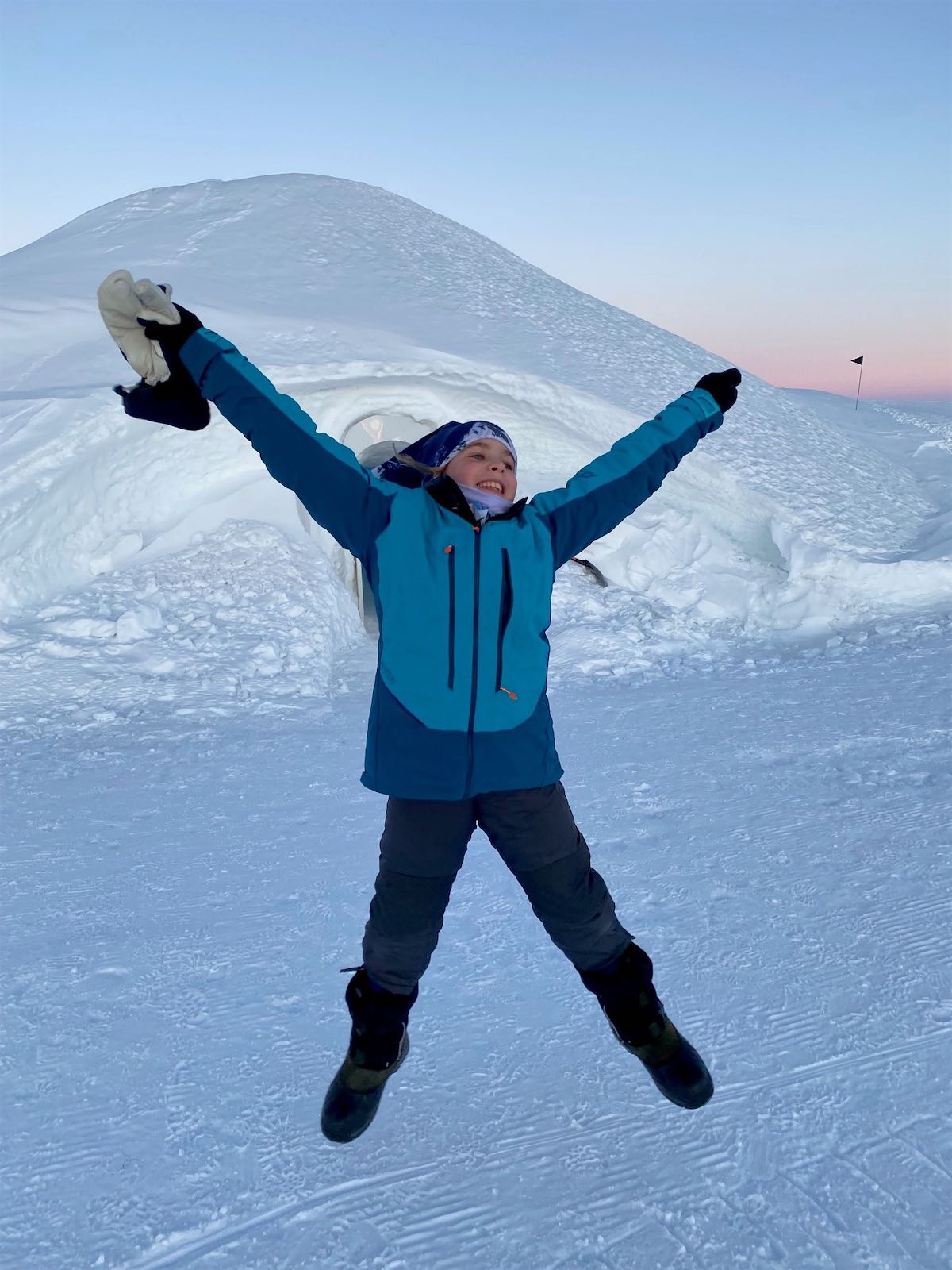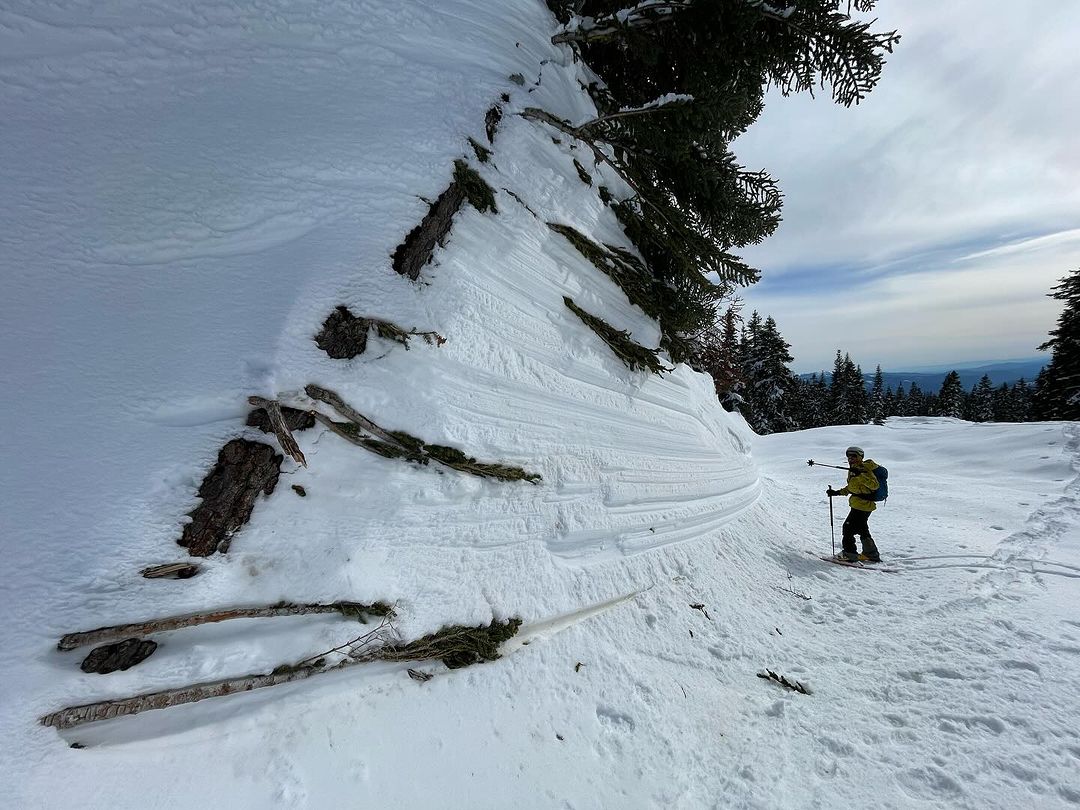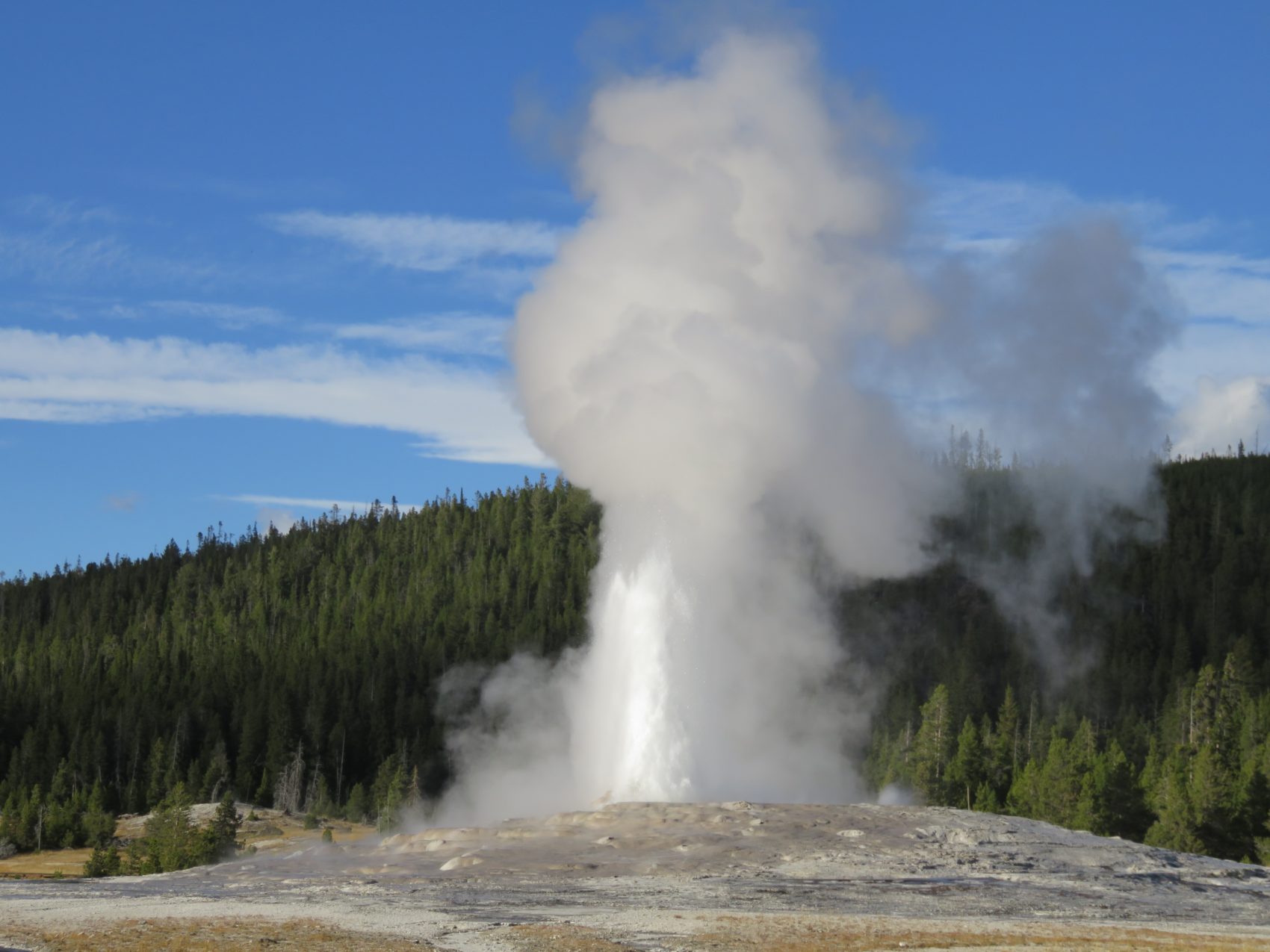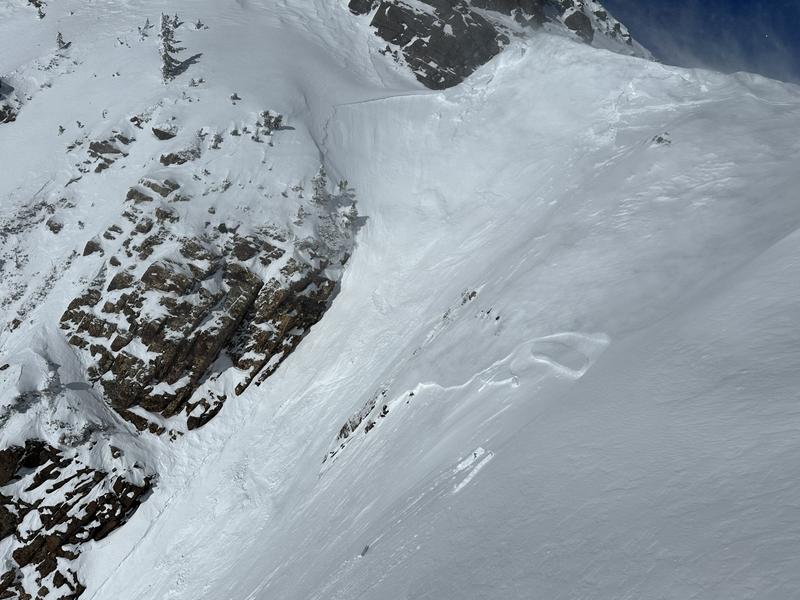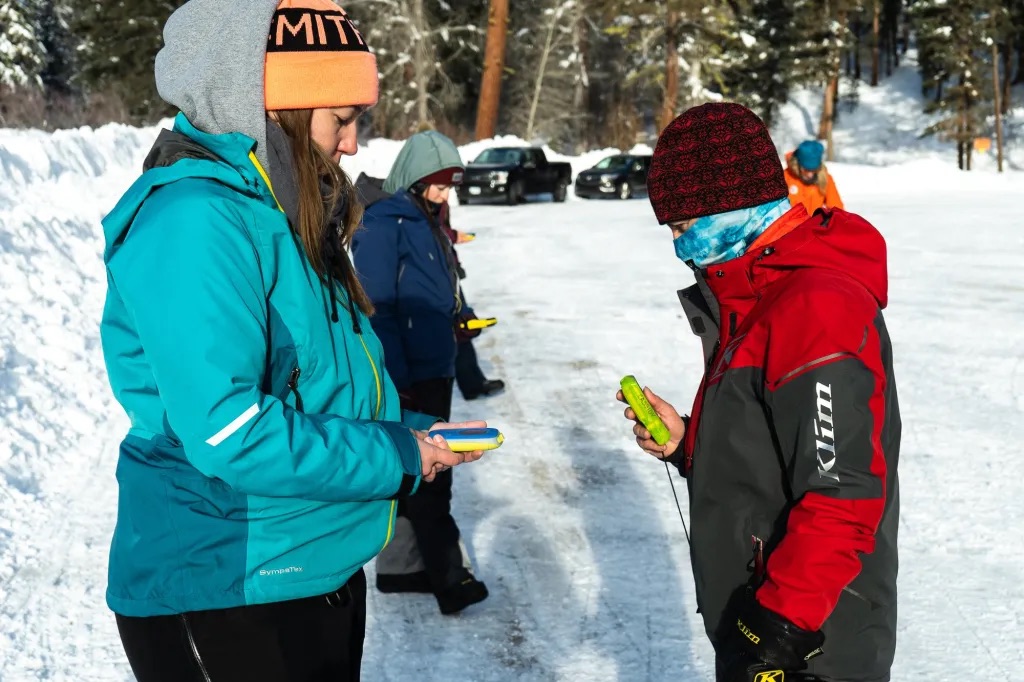
AIARE course graduates report increases in avalanche preparedness practices during trip preparation, planning, and during backcountry travel
The American Institute for Avalanche Research and Education (AIARE), the leading provider of recreational avalanche education in the United States, conducted a first-of-its-kind study with Eastern Oregon University indicating that students who participate in AIARE courses increase their frequency of practicing safe backcountry behaviors after their courses.
The study tracked nearly 1,700 participants who took AIARE recreational avalanche courses over the past three winters, aiming to understand the influence of AIARE avalanche education on their behaviors before and after their recreational courses. The study focused on behaviors, including rescue practice, during trip planning, before leaving a trailhead, and during backcountry travel. Winter backcountry travel behaviors were assessed six weeks, one year, and two years after participants completed a Recreational Level 1 or Avalanche Rescue course.
“This is the first time an American avalanche education organization has formally endeavored to evaluate the impact of our courses. As the largest recreational avalanche education provider in the country and as a non-profit organization, we are well-positioned to evaluate the efficacy of AIARE’s programming and set a baseline for enhancing and refining our curriculum. This study is the first step in establishing a long-term structure to continually monitor the effectiveness of our curriculum and expand our mission of saving lives through avalanche education.”
– AIARE Executive Director Vickie Hormuth
Some of the study’s key findings include:
- 61% of respondents reported practicing avalanche rescue skills by running through scenarios with essential rescue gear one to two times in the season after their courses, meaning they are likely much more prepared to respond quickly and effectively in case of an actual avalanche burial.
- Respondents also reported that they increased the frequency in which they checked to ensure the group was carrying communication gear (cell phones, satellite communication devices), reviewed an emergency plan, and told someone where they were going after the course than before.
- Participants also reported that, when traveling in the backcountry, they increased the frequency with which they practiced avalanche safety protocols, including choosing travel techniques to reduce avalanche exposure, noticing signs of unstable conditions, and were more likely to review decisions at the end of the day than they were before their courses.
All of these behavior changes are crucial factors for remaining safe and found in the winter backcountry.
“We now have a benchmark to quantify AIARE’s impact. This is essential for our organization to develop more effective programming and encourage more people to enroll in a backcountry safety course or continue their backcountry safety education.”
– AIARE Education Director Liz Riggs Meder
“The results of this study indicate that students perceive that after their avalanche courses, they increased the frequency with which they perform behaviors identified as important for safe backcountry travel. The study provides some exciting leads to help researchers understand more about the impact of avalanche education on backcountry safety.”
– Dr. Kelly McNeil professor and lead researcher at Eastern Oregon University

